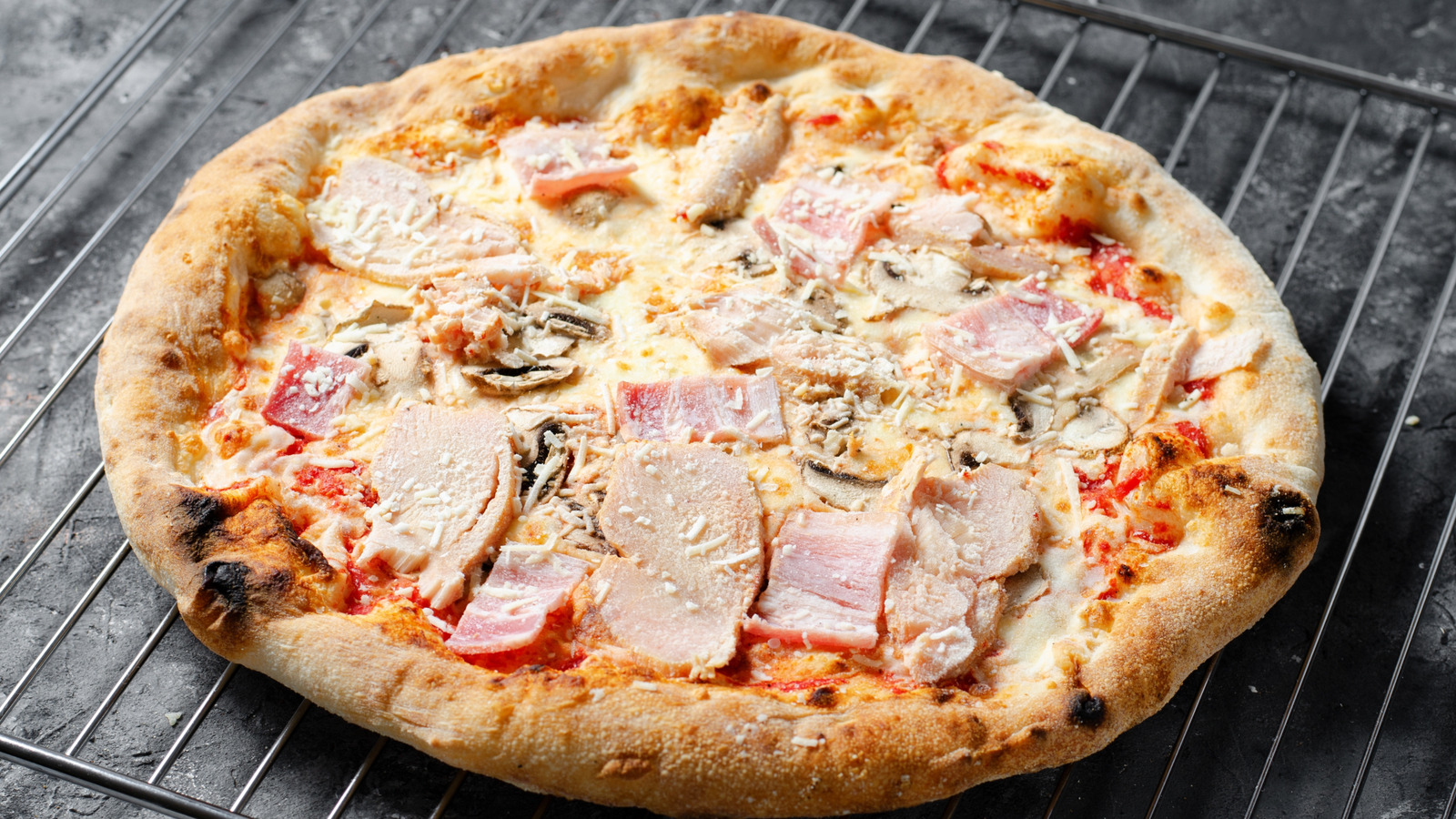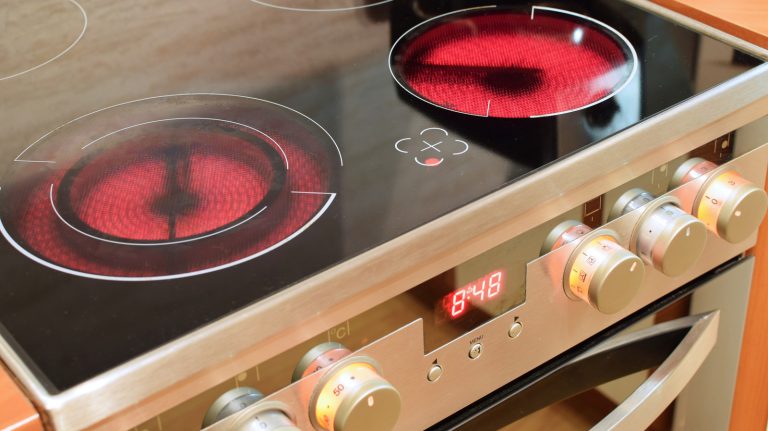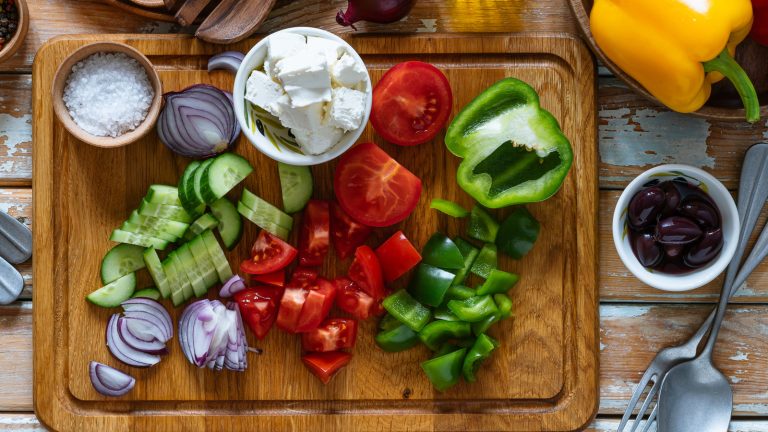Microwaving a frozen pizza feels like the ideal thing to do if you’re in a rush. Unfortunately, the way a microwave cooks food can leave your pizza soggy, with some bits still frozen, and other bits dry as a bone.
A microwave cooks food by the magnetron creating electro-magnetic waves that agitate molecules within the energy field. As the molecules start vibrating, they create energy, which is absorbed by ingredients on the pizza, heating them up. But ingredients don’t all absorb energy at the same rate, and you’ll find that less-dense ingredients, like red peppers or mushrooms, absorb the energy and heat up more quickly than heavier ingredients such as chorizo or steak. Any ingredients with a higher water content heat quicker in the microwave. Even cheeses have different densities; aged cheeses and harder cheeses like Parmesan heat up and melt more slowly than softer cheeses with a higher moisture content, like mozzarella or goat cheese.
Because your pizza is frozen, the denser ingredients take even longer to firstly absorb enough energy to defrost, let alone get from room temperature to hot in the mixrowave. You can easily imagine that in the 8 to 12 minutes recommended to cook a frozen pizza you could end up with some areas being scalding hot and overcooked or burnt. Other parts like your dough base can become soggy because the water in high-moisture ingredients like vegetables will have melted and soaked in. And yet other parts could still be partially frozen, especially if your pizza is laden with toppings, because the heat wasn’t able to reach them in the time set.
A few tricks to get a decently-heated slice
However, sometimes you just don’t have time to wait for the oven to heat up, and your only option is the microwave. So here are a few helpful tips to give you the best results.
Line a microwave-safe plate with a few sheets of paper towel and put your frozen pizza on top. The towel will absorb some of the moisture that would soak into your dough base, heating it more effectively and evenly. Another tip is to remove the toppings from the frozen pizza, if you are able to, before microwaving it. This takes away some of the bulk that can cause your pizza to cook more or less in different areas. Pan-fry the toppings in a little olive oil while the pizza base is doing its thing in the microwave, then put them back together. It does require a little more work, but it’s worth it for a more evenly heated end result.
Alternatively, pop your toppings back onto the heated pizza and give it a last blast in the toaster oven if you have one, which will give the pizza base a crispier crust, because one thing the microwave won’t ever do is crisp up your pizza. It’s also better to microwave frozen pizza in slices if you can. This exposes more surface area to the heat from the microwave, encouraging more even cooking. You can even pop slices into a skillet with the lid on to distribute heat better to defrost them, then microwave them for the final cook. And if you’re wondering which pizzas you should be buying, we’ve compiled a list of 17 frozen pizzas that you should absolutely avoid.






